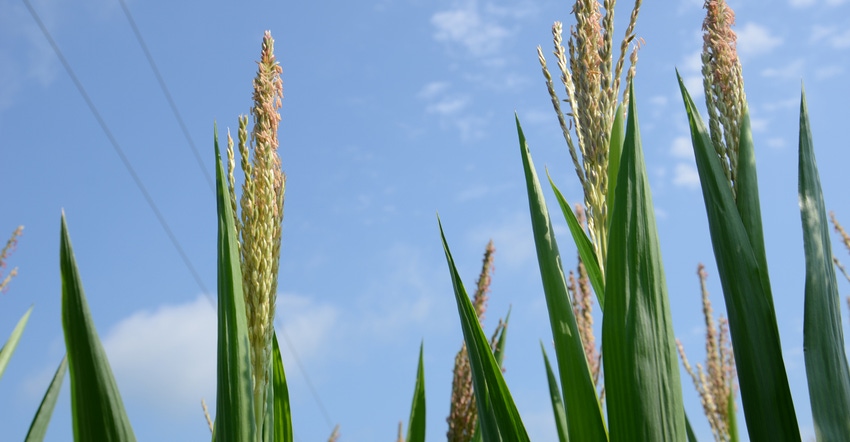May 25, 2021

One of the most important items that farms with more than one operator must get right is the equitable division of business income. As operators enter and exit the business, and switch from becoming full time to part time or vice versa, methods used to divide business income need to be reviewed and revised.
Here are a couple of common methods that can be used to divide business income in farm operations. The discussion focuses on dividing income from two operators. It would be straightforward to modify these methods for situations with three or more operators.
The contributions model and the 50/50 model can be used to divide farm business income. With the contributions model, net income is divided in the same proportion as the relative value of each operator’s contribution of resources to the farm business. With the 50/50 model, a return is paid to each operator for their resource contributions, and any remaining net income is shared equally among the operators.
Contributions model
To come up with the proportions for the contributions model, we first must compute the annual value or cost of each operator’s resource contributions. Resources typically include land, buildings, grain bins, machinery, equipment, livestock, working capital, labor and management.
If the farm uses an operating entity, resources such as land may be held outside of the operating entity. In this case, these resources may already be compensated through a rental payment, and thus would not be included as a resource contribution. Make sure to include ownership costs associated with depreciable assets such as buildings, grain bins, machinery and equipment in the computation of resource contributions.
Ownership costs of depreciable assets include repairs, personal property taxes, insurance, depreciation and an opportunity interest charge. With the contributions model approach, net income is shared in the same proportion as each operator’s contribution to resources.
50/50 model
With the 50/50 model, the resources previously described are paid a rental rate, or in the case of labor and management, they’re paid as a wage rate. If one operator contributes relatively more resources, the rental rate and wages will reflect this fact.
Any remaining net income left after all resources have been compensated would be split 50/50 by the operators. One of the major problems with this approach relates to what happens when the farm does not have a positive net income after compensating all resources. In this scenario, the farm operators must determine the resources that will not be fully compensated.
Both models or approaches outlined here assume that the farm has a record-keeping system that enables the farm to compute accrual net farm income. In terms of making the computations for the contributions model or the 50/50 model, net cash flow is a poor substitute for accrual net farm income.
Langemeier is a Purdue University Extension ag economist and associate director or the Purdue Center for Commercial Agriculture. He writes from West Lafayette, Ind.
About the Author(s)
You May Also Like






